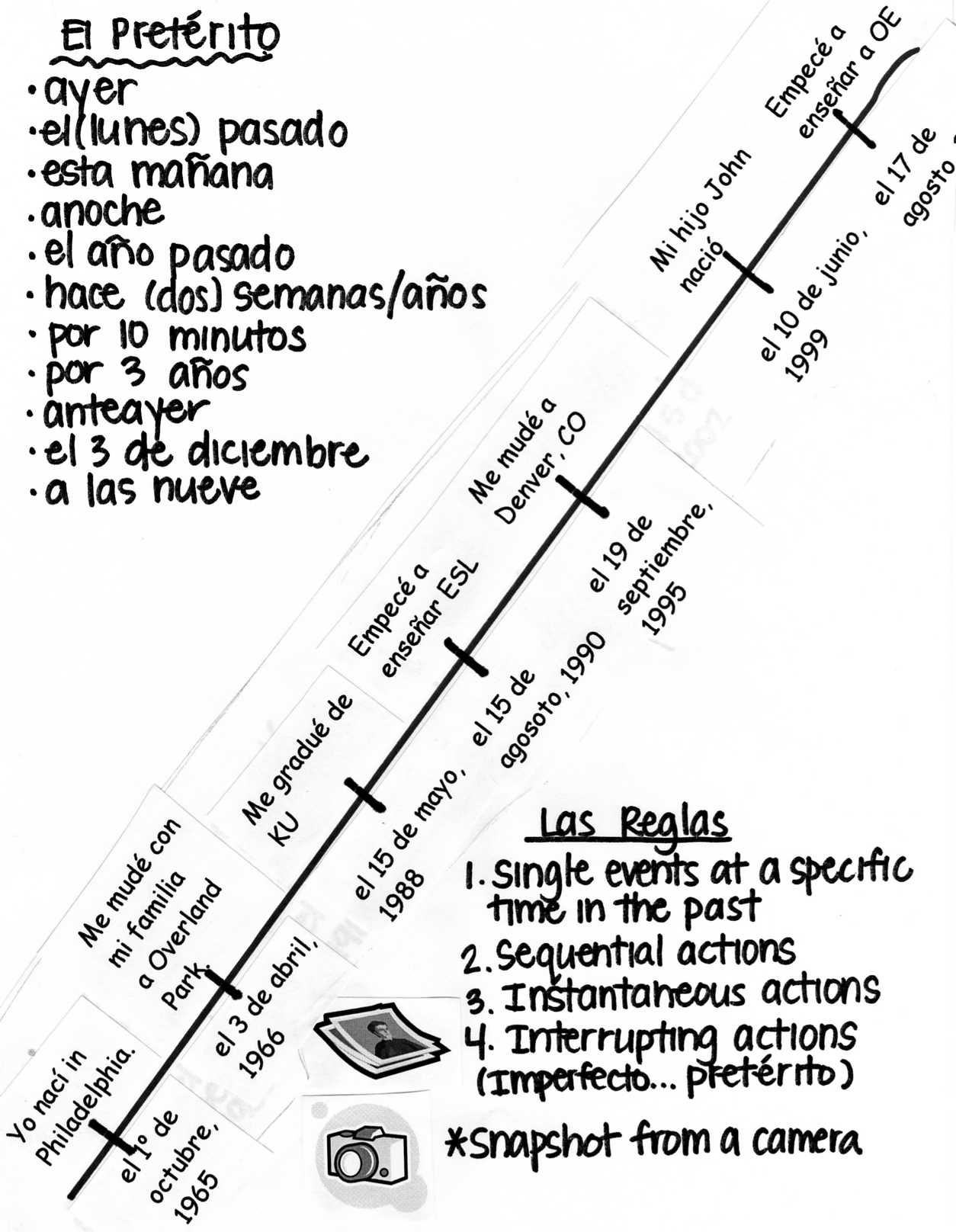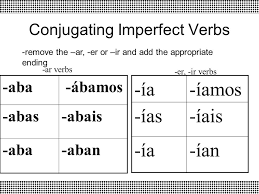Click to see all conjugation charts of poder in every tense
In this conjugation lesson we are going to learn how to conjugate the verb poder in the Imperfecto tense of the Indicativo mood. It means we will see step by step how to create and translate forms of each grammatical person.
This lesson is specifically about the poder conjugation. For an overview of Simple Tenses conjugation see the Simple Tenses Conjugation Chart.
You may also see this Video Presentation on how to conjugate verbs in Imperfecto. It’s embedded below, but using the above link you will find more detailed information on conjugation in this tense and explanation of special cases and exceptions.
How to translate Imperfecto to English
Note that the English phrases provided below next to each conjugation are not direct translations from Spanish to English. They are usually the closest general equivalents. The example differences are:- In Spanish conjugation, there is the form usted in the third person singular. But this person does not translate to the English third person singular. It translates to the so called formal you and uses the inflected form which is most often represented as he/she/it in English conjugation charts.
- Similar situation happens in the third person plural, where ustedes translates to the English plural formal you but uses the form which corresponds to the they form in English.
- Tenses are used differently in Spanish and English, so the actual translation should always take into account the context and focus on translating the meaning, not just words.
- In both languages each verb may have multiple meanings and not every meaning translates directly to the other language. Here also, the context and focusing on the particular meaning helps to create the most accurate translation.
Note the timeline
The ability to correctly locate the intended position on the timeline is an important skill for the right choice of tenses. So pay attention to the timeline in our lessons and visualize it while speaking, listening, writing and reading. After a bit practice you’ll be able to select the right tense to use much easier.
Step by step instructions
Imperfecto belongs to the simple tenses group, which means that all of the inflected forms are one word long. There are also compound (compuesto) tenses in the Spanish language, where each conjugated form consists of two words.The verb poder has a completely regular conjugation in the Imperfecto tense of the Indicativo mood. It means this verb just follows the general rules for its group (-er) without any exceptions or spelling corrections. This tense is really easy, because there are only three irregular verbs! The basis for the conjugation in this tense is the stem of the verb, so we begin by splitting the infinitive into a stem and an ending. It’s easy to do. Simply remove two letters from the end of the infinitive to get the ending — one of -ar, -er or -ir. What’s left is the stem. So for poder:- the stem is: pod-
- and the ending is: -er
Also note that in verb groups -er and -ir all six endings in both Pretéterito Imperfecto and Condicional tenses are identical. Good tip to remember! The only difference is that the Condicional uses the entire infinitive as the stem.Each grammatical person has a specific ending in each of the three conjugation groups -ar, -er, -ir. Add the regular ending -ía for the first person singular to create podía:
- yo podía – I was able
- tú podías – you were able
- él podía – he was able
- ella podía – she was able
- usted podía – (formal) you were able
- nosotros podíamos – we were able
- nosotras podíamos – (feminine) we were able
- vosotros podíais – (plural) you were able
- vosotras podíais – (feminine, plural) you were able
- ellos podían – they were able
- ellas podían – (feminine) they were able
- ustedes podían – (formal, plural) you were able
Hurray! The conjugation is now done. The final result looks as follows:
| yo | podía | I was able |
| tú | podías | you were able |
| él/ella/usted | podía | he/she/it was able |
| nosotros/nosotras | podíamos | we were able |
| vosotros/vosotras | podíais | you were able |
| ellos/ellas/ustedes | podían | they were able |
But do not end your session yet – it is very important to repeat and practice the material in order to remember it. Check below for examples and some links.
Example sentences
¿Has tenido alguna vez un problema tan grande que no podías manejarlo solo?
Have you ever had a problem so big that you could not handle it yourself?
Probablemente no hubieras triunfado, pero podías haberlo intentado.
Probably you would not have succeeded, but you could have tried.
Ya no podía recordar la melodía que antaño le inspirara tantas emociones.
He could not remember the melody that a year before inspired so many emotions.
No podía dormir porque estaba nervioso por mi primer día en la universidad.
I couldn't sleep because I was nervous about my first day in college.
No podía soportar que su madre se consumiera de dolor.
She could not bear that her mother was consumed by pain.
Next Steps to Perfection
|
Report a mistake | Give feedback
Thank you very much for making the effort to contact us!
We strive to provide the highest quality content and we greatly appreciate even the smallest suggestions:
We strive to provide the highest quality content and we greatly appreciate even the smallest suggestions:



